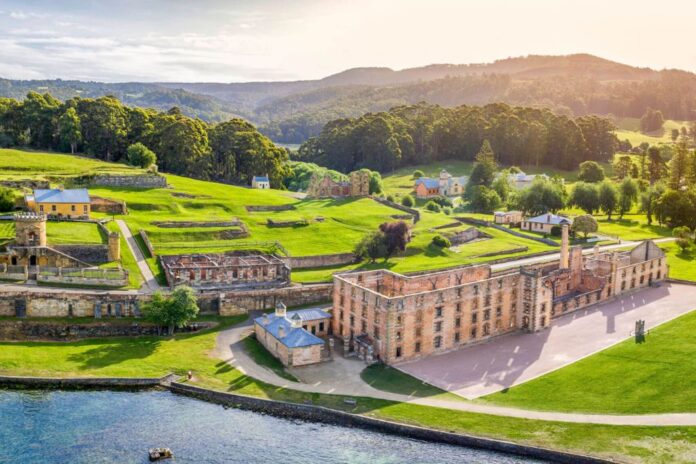Australia, as we know it today, began as a prison colony. And even though it’s hard to believe now, the convict system had a significant impact on Australian history. UNESCO listed several remnants of Australia’s convict system on its World Heritage List in 2010, and many of them are both simple to visit and fascinating.
1. A Historical Overview of Australian Convict Sites
The First Fleet, which arrived in Sydney Cove on January 26, 1788, carrying about 750 captives and 250 soldiers, marked the start of the “transportation” era and the birth of modern Australia.
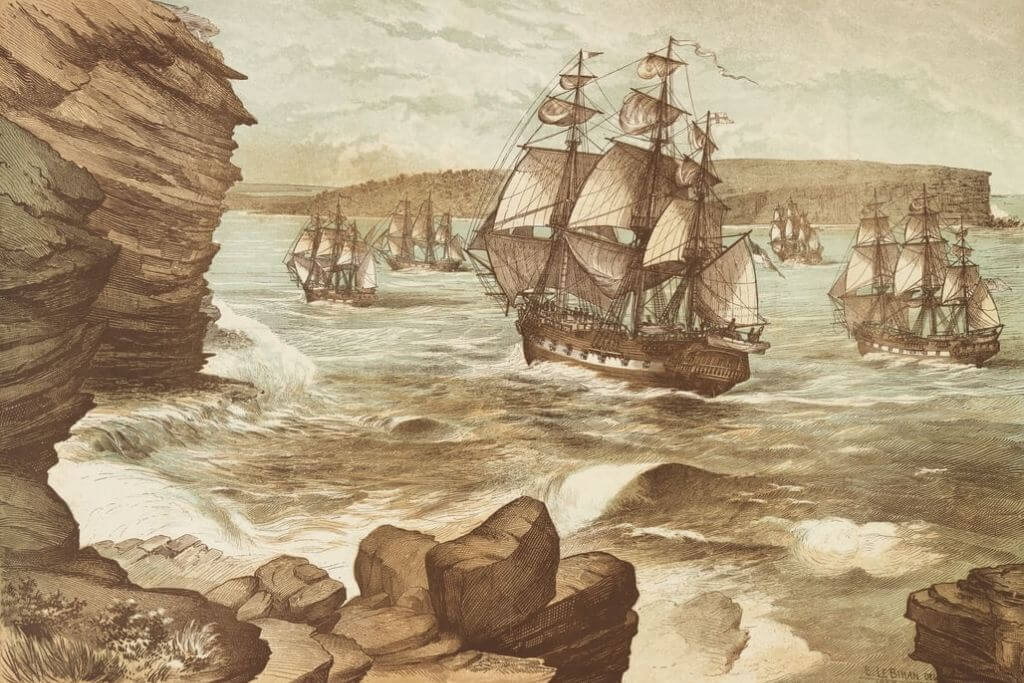
Australia already had over a million Aboriginal people living there when the British declared it to be “terra nullius,” or “nobody’s land,” and they started to colonize. Over 160,000 men, women, and children were deported to Australia over the course of the following 80 years, most often for minor offenses like stealing bread.
Convicts were given jobs, and prison colonies were established all across the continent. Women were engaged as domestic helpers and factory employees, while men toiled in the fields, with cattle, and in construction.
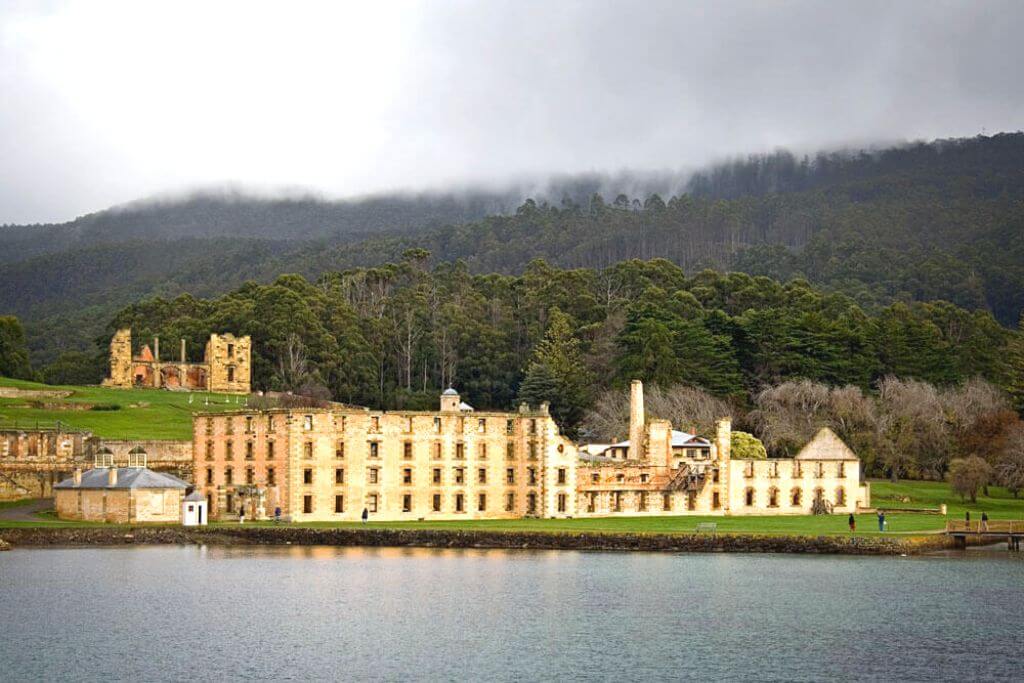
Midway through the 19th century, gold discoveries suddenly made Australia a popular travel destination, and that was the end of the system! The Australian Convicts World Heritage site currently encompasses a variety of former convict structures in Sydney, Tasmania, Norfolk Island, and Fremantle.
2. Convict Sites in Sydney
Hyde Park Barracks
Definitely, the best convict site in Sydney is Hyde Park Barracks. It is close to the Sydney Opera House and situated in the heart of Sydney’s downtown. It was constructed between 1817 and 1819 as a barracks and lodging facility for prisoners, and it afterward served as a courthouse, hospital, and mint.
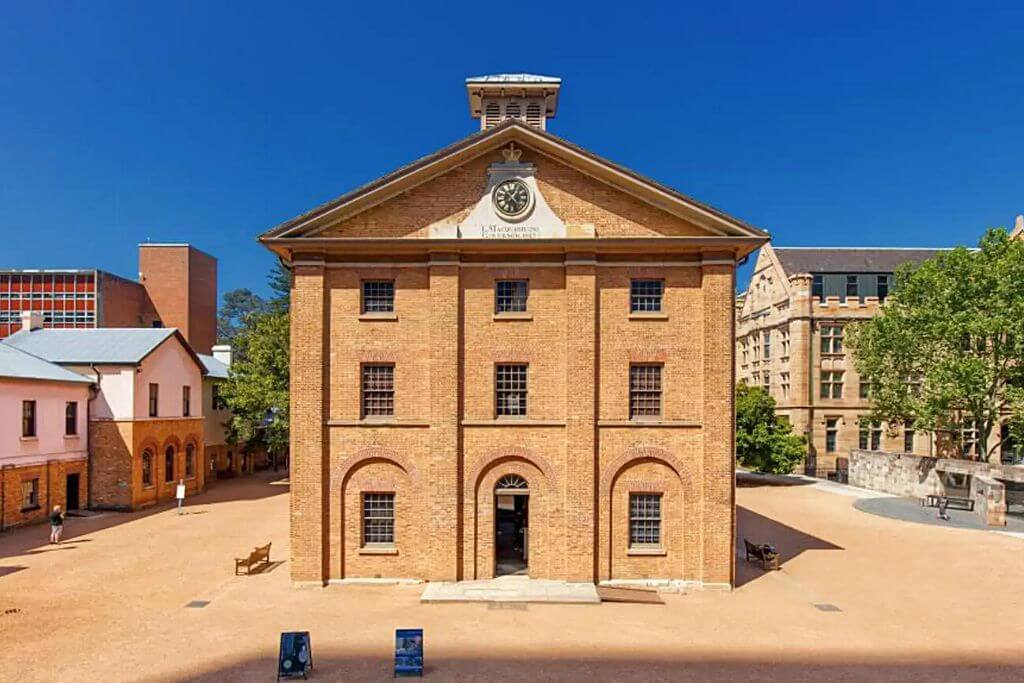
It’s interesting to note that Francis Greenway, an architect who was deported to Australia for forgery, constructed Hyde Park Barracks.
Cockatoo Island
The next convict site in Sydney is located next to Hyde Park Barracks and is called Cockatoo Island. It is located in the center of Sydney Harbour and is encircled by glistening water and rocky sandstone cliffs.
Beginning in the 1830s, the little island served as a jail for prisoners for about 30 years. Prisoners frequently struggled with discipline. Therefore, those who needed additional punishment were transported to Cockatoo Island.
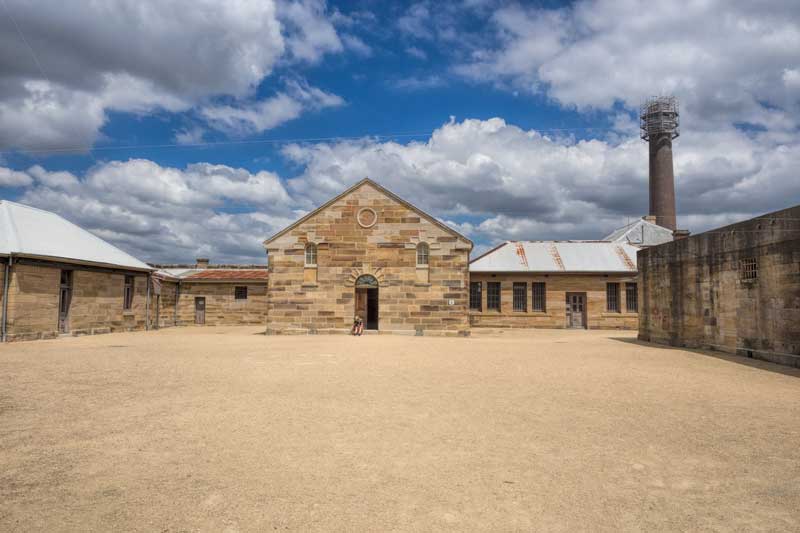
It was also the site of a large portion of Sydney’s early shipbuilding industry when many prisoners worked to construct ships in a shipyard built by convicts.
Shipbuilding continued after the prison was shut down all the way up until the late 1980s. Today, Cockatoo Island serves as an outdoor museum where visitors may examine the remnants of the former prison for criminals and learn about the island’s past involvement in shipbuilding.
Old Government House
In Parramatta, located around 25 kilometers west of the center of Sydney, you may find Old Government House, the city’s next World Heritage Convict Site. The small country mansion was initially constructed in 1799 for the Governor but quickly became the primary residence.
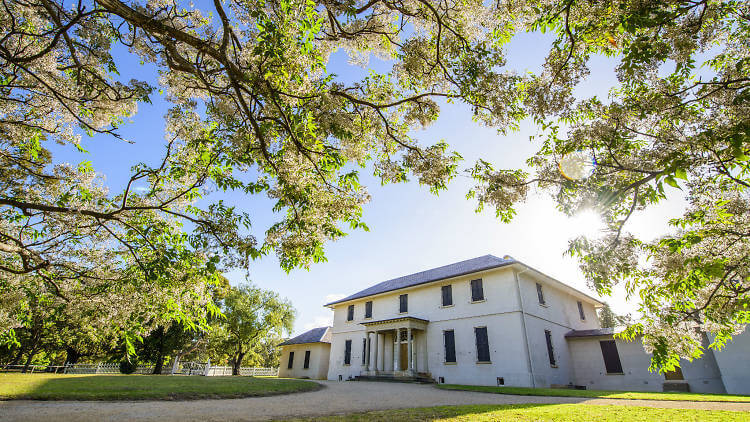
Over the ensuing 50 years, it was employed by a number of governors. Old Government House has been brought back to its former splendor, and the interior has been furnished in 1820s fashion. It’s amazing to look around and wonder how an entire continent was governed by these exact rooms for many years.
- Do you know 8 Easiest Bike Paths In Sydney For Newbies
Old Great North Road
The Old Great North Road, situated in western Sydney, is the final World Heritage Convict Site in the Sydney region. It was constructed between 1826 and 1834, making it one of the largest infrastructural endeavors of the convict era to connect Sydney with the Hunter Valley’s agricultural regions, 200 kilometers to the north.
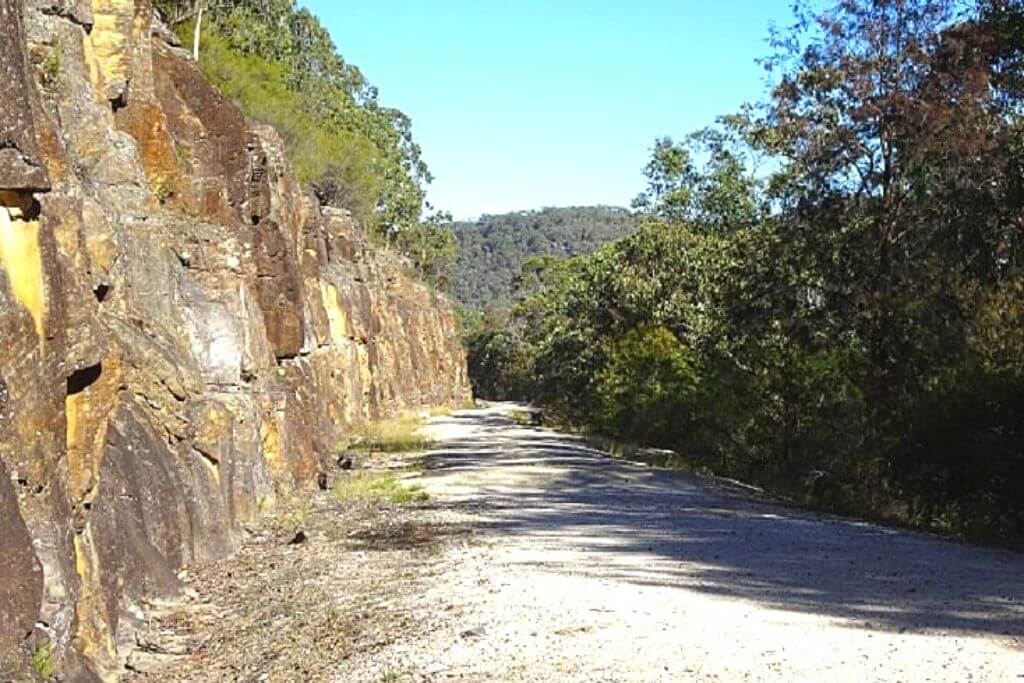
With its twisting through unforgiving terrain and innovative use of road construction methods, it was an engineering accomplishment.
Unfortunately, it never saw a lot of traffic because the area’s seclusion and inadequate water access made travel challenging and modern steamships a faster, more convenient option. The majority of it has been replaced with new highways now, although Dharug National Park has the best-preserved convict-built sections.
3. Convict Sites in Tasmania
Port Arthur
The island of Tasmania includes a collection of five World Heritage Convict Sites to the south. Tasmania, formerly known as Van Diemen’s Land, was Australia’s second colony after Sydney.
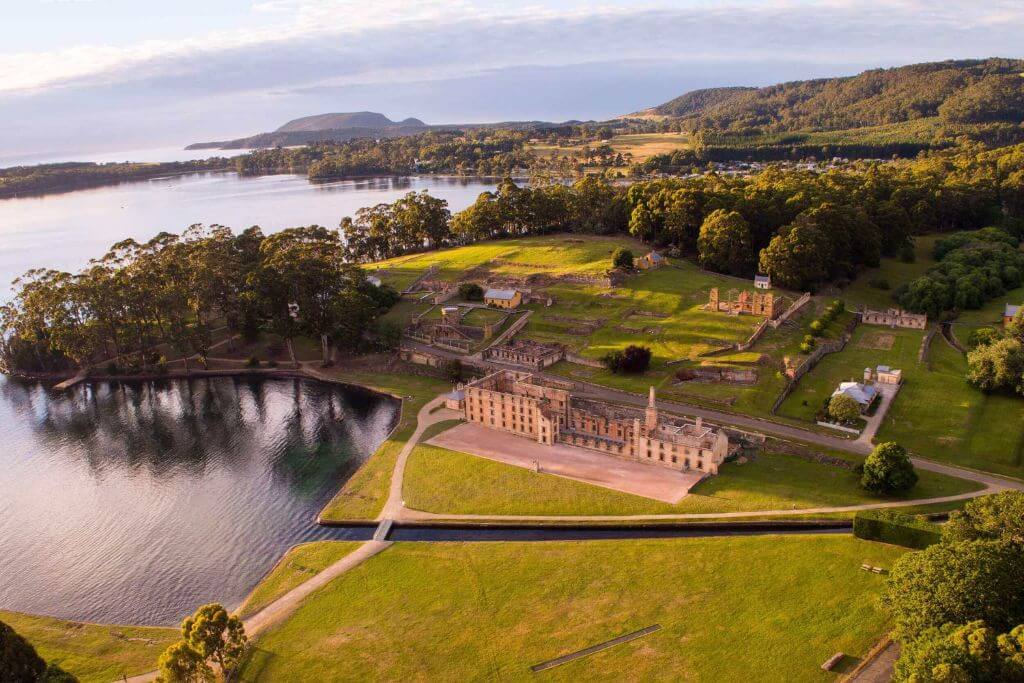
Port Arthur, a notorious prison that housed criminals during the 19th century, is the most remarkable location here. Despite the fact that it was abandoned in 1877, many of the structures still stand today, including two sizable cell blocks, a sizable chapel, guard towers, homes, and administrative offices.
Coal Mines Historic Site
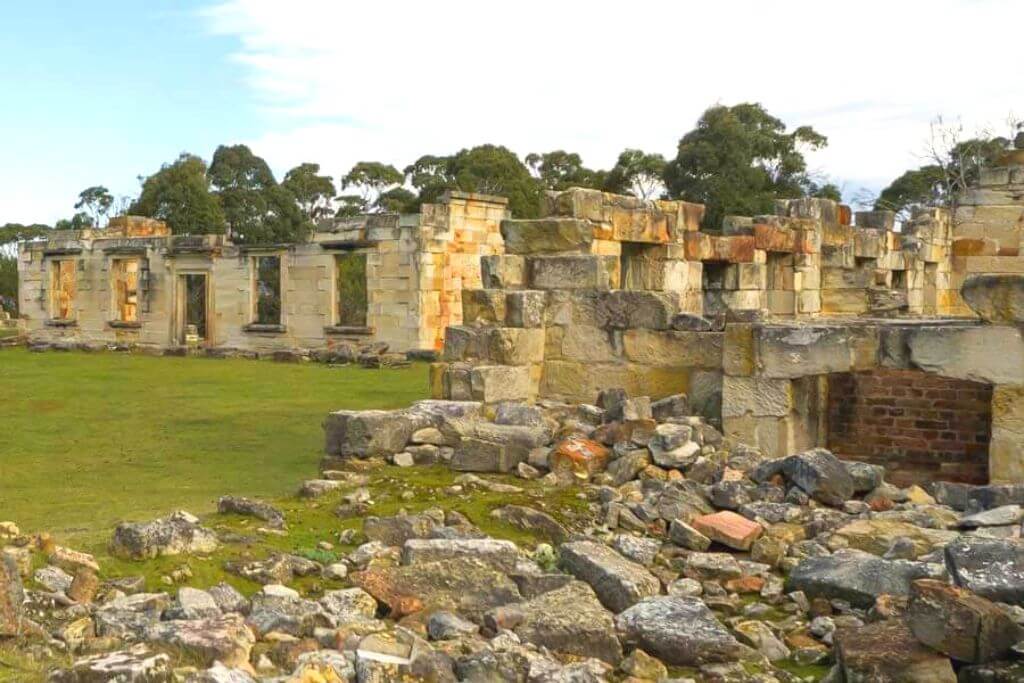
The Coal Mines Historic Site, a coal mine wholly constructed and run by prisoners, lies close to Port Arthur. Due to the lack of good-quality coal, it only ran for 15 years. The only things left on the site today are some earthworks and demolished sandstone structures. Though it is undoubtedly located in a wild and secluded area, visiting it brings home just how alone the prisoners were.
Darlington Probation Station
The Darlington Probation Station is situated on Maria Island off the coast of Port Arthur. It was initially constructed as a correctional settlement in the 1830s and then transformed into a probation station where prisoners were temporarily housed.
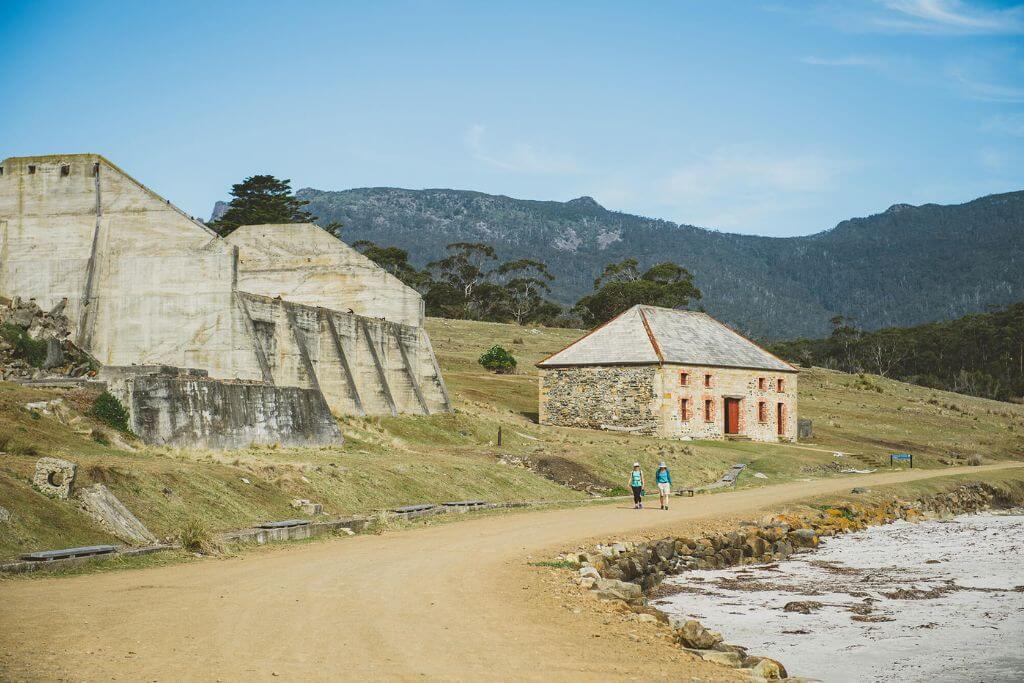
Fourteen structures from the prison era are still intact today, most of them in good shape. It’s a beautiful location to explore, and you can camp there for the night, which is a real pleasure.
Brickendon-Woolmers Estates Complex
The Brickendon-Woolmers Estates Complex, a set of farming estates built during the convict era in central Tasmania, comes next. Both estates had communities of working prisoners, and the structures there have remained essentially unaltered since that time.
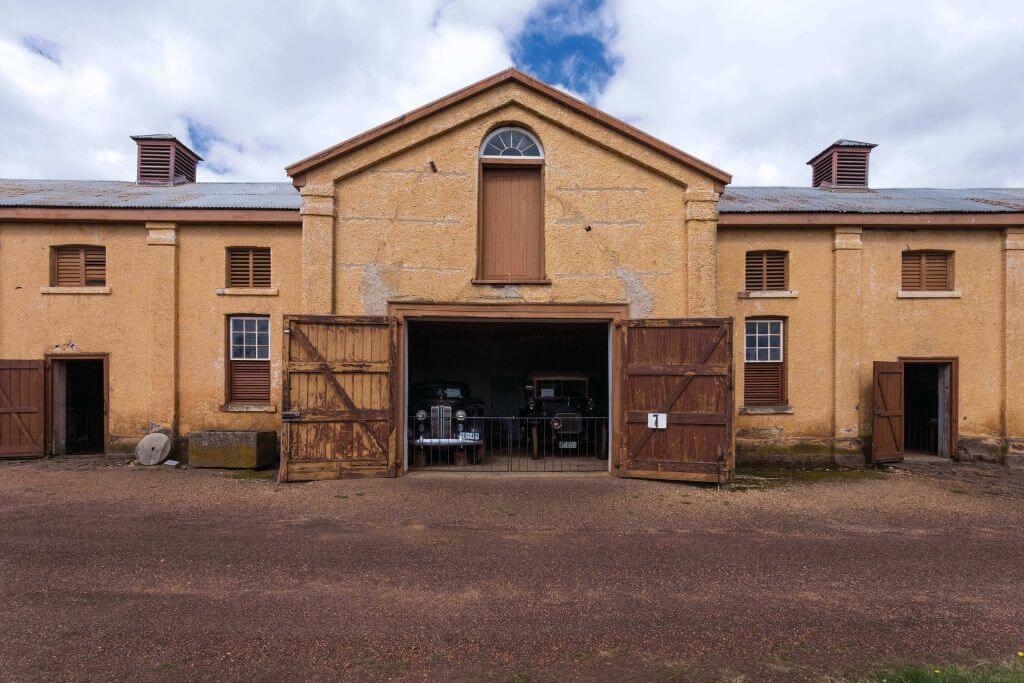
The fields, paddocks, and shearing sheds where male prisoners toiled can be seen, as well as the interiors of the homes where female convicts toiled as housemaids. The convict system’s actual operation, which involved providing cheap labor in exchange for lodging, food, and clothes, is intriguing to observe.
Cascades Female Factory
The Cascades Female Factory, a suburb of Hobart, is the last World Heritage Convict Site in Tasmania. Women prisoners worked at The Cascades jail, usually in textile jobs like spinning wool or sewing and also housed prisoners who had misbehaved while performing domestic duties.
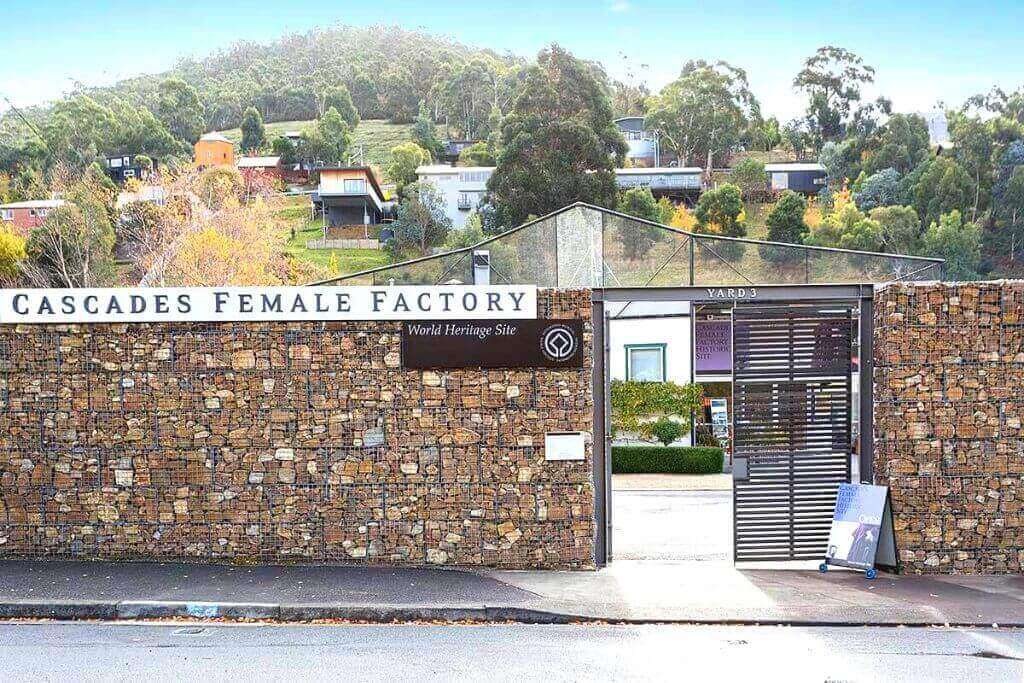
Although there isn’t much remaining on the site these days, it is nevertheless simple to access and explore because it is situated in Hobart’s suburbs.
4. Convict Sites on Norfolk Island
The Kingston and Arthur’s Vale Historic Area is situated on Norfolk Island, 1600 miles to the northeast of Sydney. In 1788, it was established as a penal colony, and the towns there served as supplementary prisons (much like Port Arthur), where repeat criminals were transported for a heavier punishment.
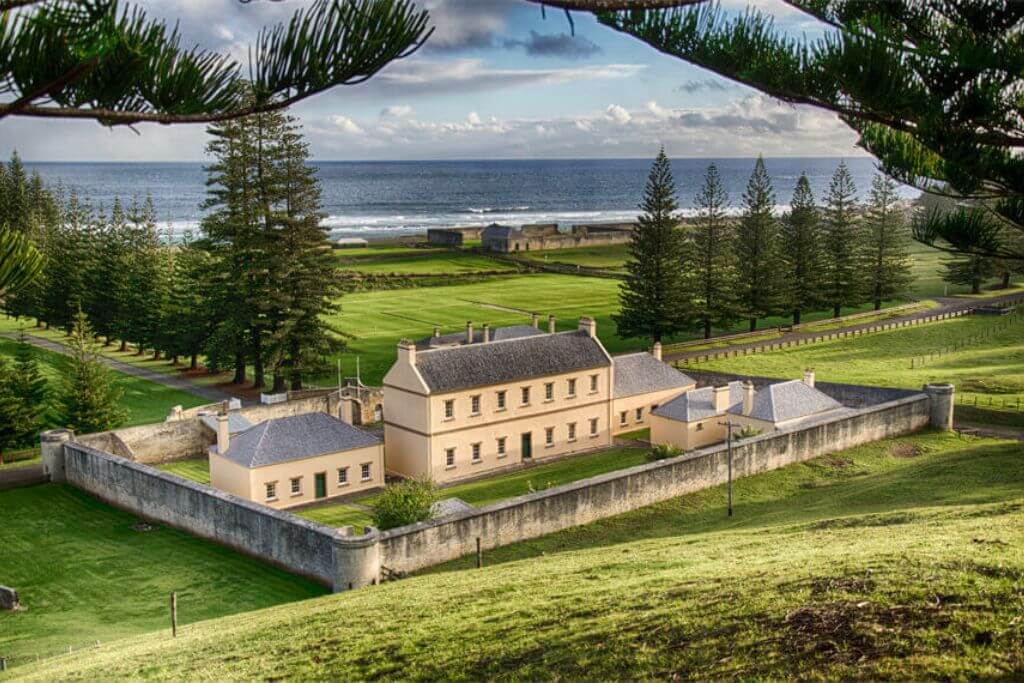
The prison was shut down in the middle of the 19th century, but several of the structures are still there and in great shape today. There is the sizable Government House, built in 1829, the walled fortress-like Old and New Military Barracks, the Commissariat Store, built in 1835, as well as a number of other homes.
5. Convict Sites in Fremantle
The Fremantle Prison in Fremantle, Western Australia, is the final World Heritage Convict Site in the country. When it first opened in 1855, it housed unruly inmates for 30 years before becoming a general-use prison.
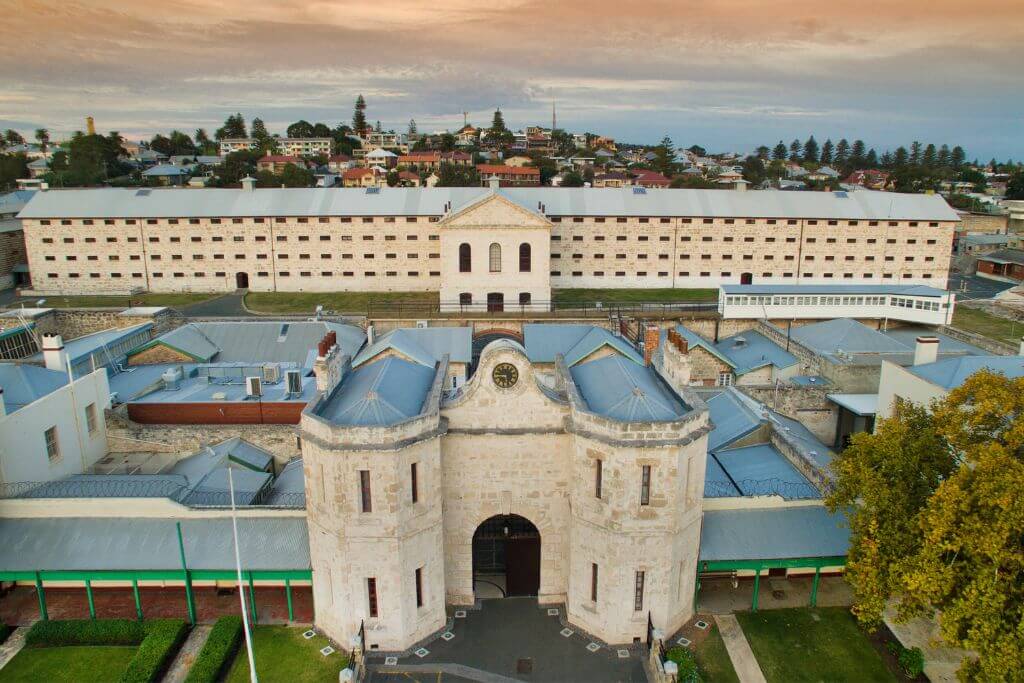
It was in operation until 1991 when it was converted into a museum and popular tourist destination. Over 1000 criminals were kept in the enormous Main Cell Block, constructed by convicts out of rough sandstone. It still looks much the same as it did back in the 1850s. Other convict-built structures may be found nearby, so spending several hours properly exploring the area is definitely worthwhile.
